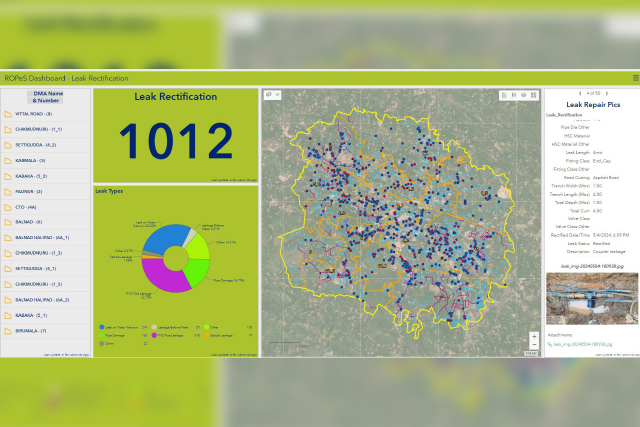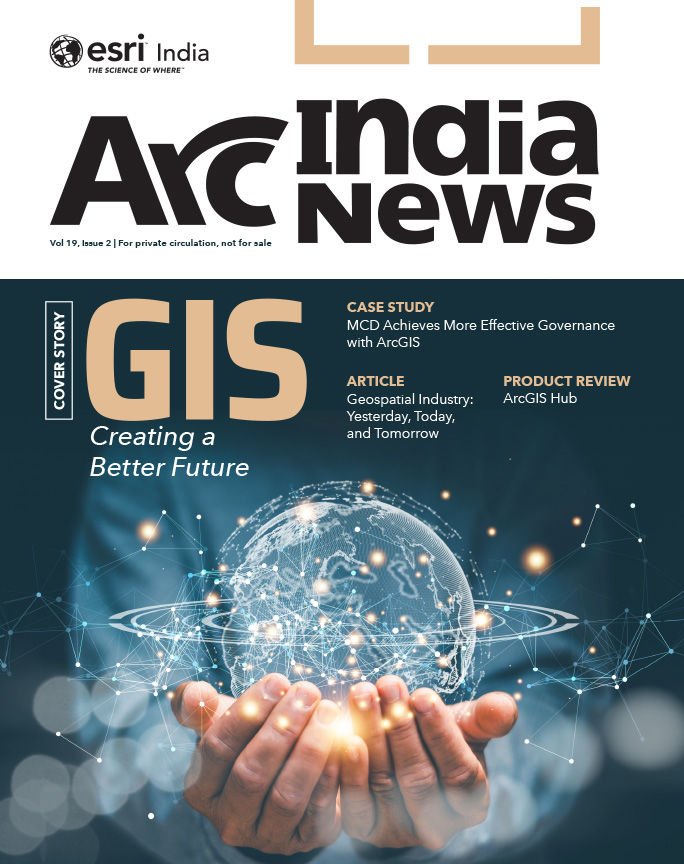Alexandre Chausson, B. T. (2020). Mapping the effectiveness of nature-based solutions for climate change adaptation. Wiley Online Library, 22.
Anuradha Mathur, D. d. (2014). Design in the terrain of water. Applied Research + Design Publishing with the University of Pennsylvania, School of Design.
Bélanger, P. (2009). Landscape As Infrastructure. Landscape Journal. 28. 79-95. https://doi.org/10.3368/lj.28.1.79. Candiracci, S. L. (2022). Nature-based Play: Fostering connections for children’s wellbeing and climate resilience. London: Arup.
Coent, P. L. (2021). Is-it worth investing in NBS aiming at reducing water risks? Insights from the economic assessment of three European case studies. Science Direct .
Cunha, D. d. (2018). The invention of rivers: Alexander’s eye and Gange’s descent . University of Pennsylvania Press. Flavio Sciaraffia, S. K. (2019). From the South: Global Perspectives on Landscape and Territory. ediciones universidad del desarrollo.
Frantzeskaki, N. (2019). Seven lessons for planning nature based solutions in cities. Environmental Science & Policy, 93, 111.
Mahreen Matto, S. J. (2018). Water Sensitive Urban Design and Planning. Center for Science and Environment. Mahua Mukherjee, D. W. (2022). Nature-Based Resilience: Experiences of Five Cities from. International Journal of Environmental Research and Public Health, 25.
Mukherjee, M. (2022). Nature-Based Resilience: Experiences of Five Cities from South Asia. International Journal of Environmental Research and Public Health(Second Edition of Urban Disaster Resilience and Sustainability), 25.
Nideroest, T. (2018). When the Only Water Left is Gray: The Understanding of Landscape as a Framework and Medium to Approach Water Scarcity. Landsc. Archit. Front.(The Growing Quest for Foreign Watersheds.), 7.
Shastri, P. (2023, July 17). Endless summer? Amdavadis feel the heat on 331 of 365 days. Ahmedabad, Ahmedabad, India. Siman, K. (2021). Nature-based Solutions for Climate Change Mitigation: Challenges and Opportunities for the ASEAN Region. UN Climate Change Conference, 36.
Sourav K. Biswas, P. R. (2019). THE SPONGE HANDBOOK: Using the Landscape Approach to transform the South Buckingham Canal Area. Chennai: GIZ.
Southern Regional Assembly, B.g. (2022). Blue Green Infrastructure and Nature-based Solutions Framework. ARUP. RESEARCH PAPER Stephan Pauleit, T. Z. (2017). Nature-Based Solutions and Climate Change – Four Shades of Green. SpringerLink, Theory and Practice of Urban Sustainability Transitions book series, 337.
Steven Windhager, F. S. (2010). Emerging Landscapes: Toward Ecosystem Services as a Basis for Design. Landscape Journal, 29(2), 107–123.
Wall, A. (1999). “Programming the Urban Surface,” 234 249. James Corner, ed. Recovering Landscape, Essays in Contemporary. New York: Princeton Architectural Press.






